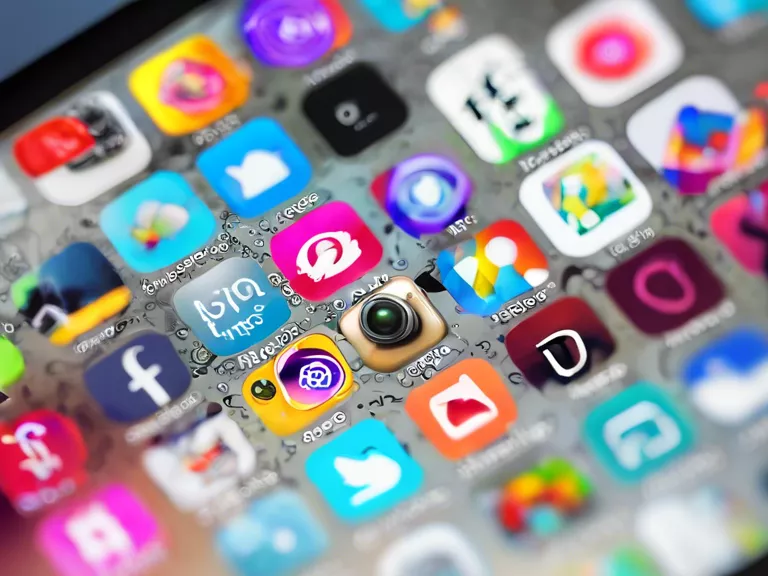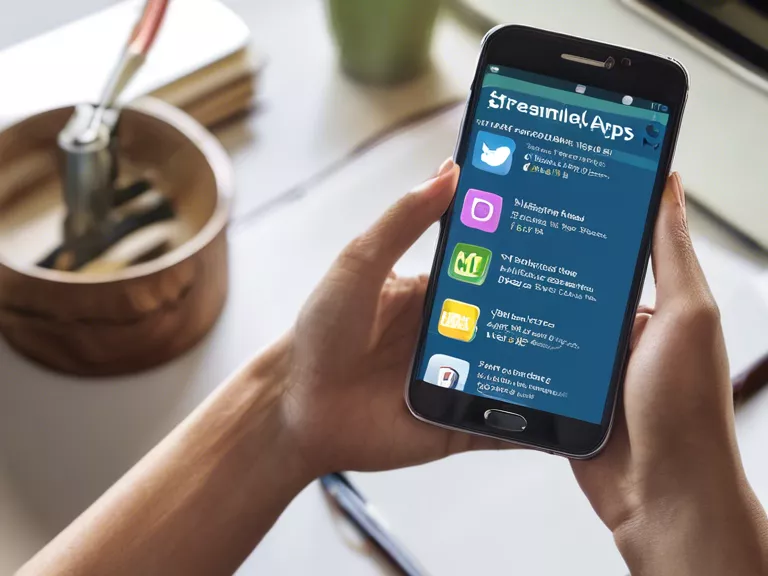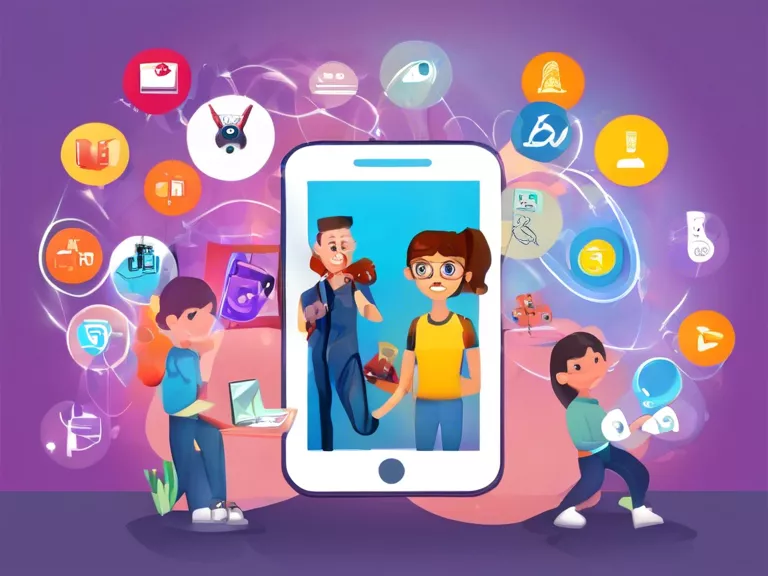
In recent years, the popularity of subscription models in various industries has been on the rise. From streaming services to online shopping platforms, businesses are increasingly turning to subscription-based pricing as a way to generate recurring revenue from their customers. This trend has also extended to the world of mobile apps, raising the question: Are free apps becoming obsolete?
One of the driving forces behind the shift towards subscription models is the desire for more sustainable revenue streams. While free apps may attract a large number of users initially, monetizing those users can be a challenge. In-app advertisements and one-time purchases can only go so far in terms of generating reliable income. Subscription models, on the other hand, offer a more predictable source of revenue, as users are billed on a regular basis for continued access to premium features and content.
Furthermore, subscription-based apps often provide a higher level of service and ongoing value to users. By offering exclusive content, enhanced functionality, and personalized experiences, subscription apps can cultivate a loyal customer base that is willing to pay for the added benefits. This can result in higher customer retention rates and increased customer lifetime value for app developers.
However, the rise of subscription models does not necessarily mean that free apps are becoming obsolete. There will always be a demand for free apps, especially in markets where users are less willing or able to pay for premium services. Free apps can still be profitable through alternative revenue streams, such as in-app purchases, freemium models, and partnerships with advertisers.
In conclusion, while subscription models are becoming increasingly prevalent in the mobile app industry, free apps are unlikely to disappear completely. Both models have their own advantages and challenges, and the key for app developers is to find the right balance between attracting a large user base and generating sustainable revenue.



